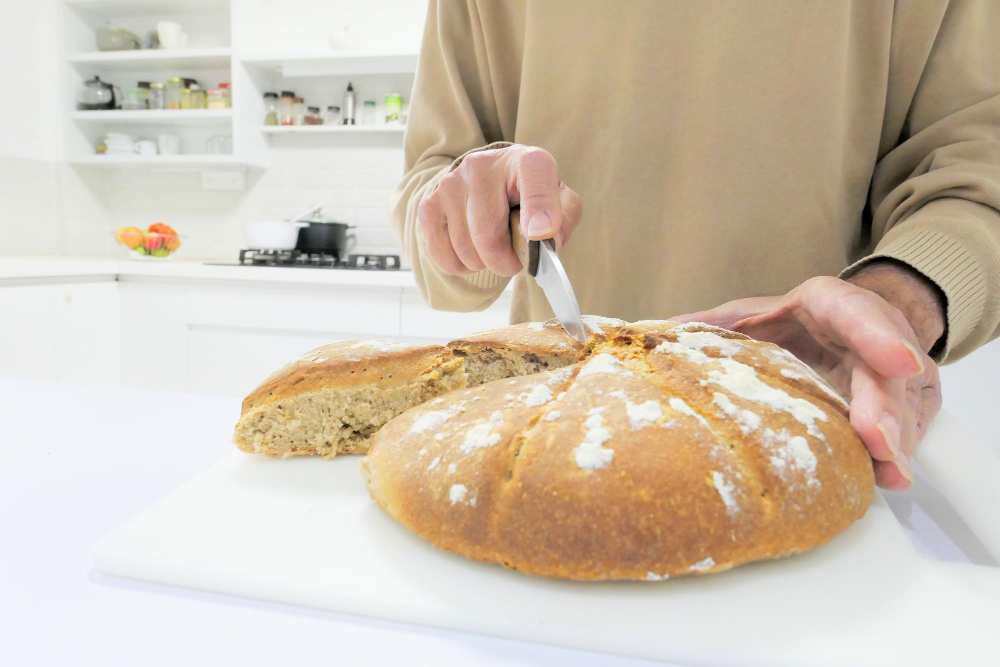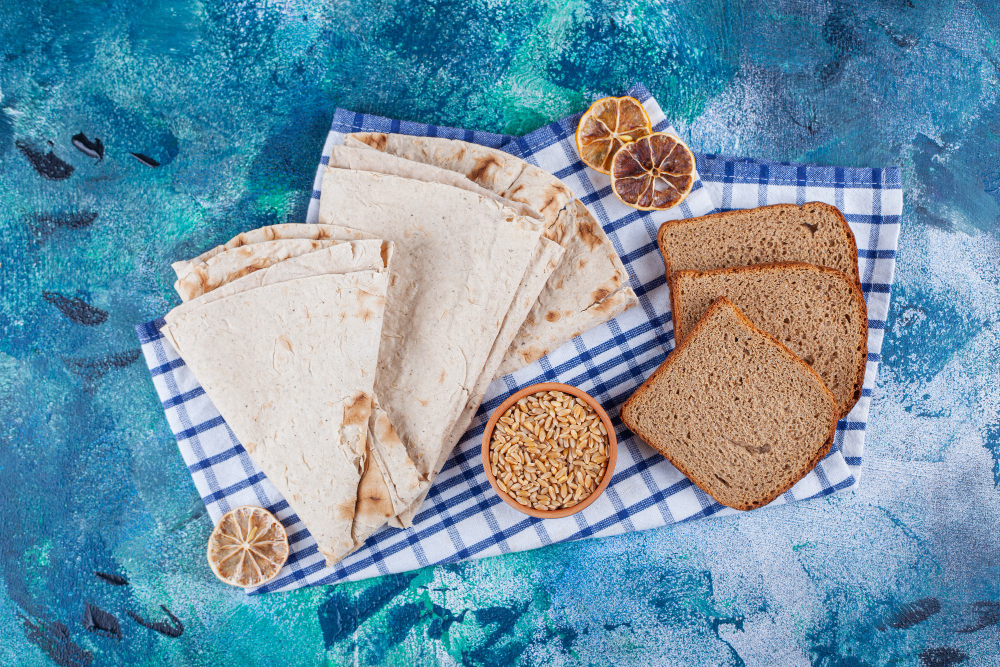Bread, a fundamental component of many cuisines worldwide, holds a cherished place on the table due to its delightful taste and versatility. However, despite its popularity, bread is notorious for its relatively short shelf life. The challenge lies in preserving its freshness and preventing it from succumbing to the inevitable process of staling. Stale bread, characterized by changes in texture and a loss of moisture, can detract from the overall enjoyment of a meal. To address this challenge, it’s essential to explore effective strategies for keeping bread fresh for as long as possible.
Proper Storage Techniques
One of the fundamental principles of bread preservation is ensuring proper storage conditions. Bread is best stored in a cool, dry environment, shielded from direct sunlight and heat sources. Exposure to heat and light can accelerate the staling process, causing bread to lose its softness and become dry and tough. Therefore, it’s advisable to store bread in a cool pantry or cupboard, preferably in a bread box or an airtight container. These storage solutions help maintain a stable environment, minimizing moisture loss and preserving the bread’s freshness for an extended period.
Wrapping and Packaging
In addition to proper storage, selecting the right wrapping and packaging materials is crucial for bread preservation. For freshly baked bread, allowing it to cool completely before wrapping it in a clean kitchen towel or paper bag can help retain its moisture and prevent premature staling. However, avoid using plastic bags for long-term storage, as they can trap moisture and promote mold growth. Instead, opt for breathable materials that allow excess moisture to escape, such as parchment paper or wax paper. For sliced bread, resealable plastic bags or freezer-safe containers offer an effective barrier against moisture and air, helping to maintain its texture and flavor.
Freezing Techniques
Freezing is a highly effective method for preserving bread, allowing you to extend its shelf life for several weeks or even months. When freezing bread, it’s essential to follow proper techniques to ensure optimal results. Start by allowing the bread to cool completely to room temperature to prevent condensation from forming inside the packaging. Next, wrap the bread tightly in plastic wrap or aluminum foil, ensuring all surfaces are covered to prevent freezer burn. For added protection, place the wrapped bread in a resealable plastic bag or airtight container before placing it in the freezer. When ready to use, thaw the bread at room temperature or reheat it in the oven to restore its freshness and revive its flavor.
Reviving Stale Bread
Despite our best efforts, bread may occasionally become stale before we have the chance to enjoy it fully. However, all is not lost, as there are several ways to breathe new life into stale bread and salvage its quality. One simple method is to moisten the bread lightly with water or olive oil and then reheat it in the oven for a few minutes. The moisture helps soften the crust and revitalizes the texture, making the bread more palatable. Alternatively, consider slicing the stale bread and repurposing it into croutons or breadcrumbs, which can add flavor and crunch to salads, soups, and other dishes.
Mastering the Art of Bread Preservation
In conclusion, preserving the freshness of bread is both a science and an art, requiring a combination of proper storage techniques, packaging methods, and freezing strategies. By understanding the factors that contribute to bread staling and implementing these preservation methods, you can extend the shelf life of your bread and ensure that each slice remains as delicious as the first. With a little care and attention, you can savor the taste and texture of freshly baked bread for days, if not weeks, to come, enriching your culinary experiences and delighting your taste buds.


